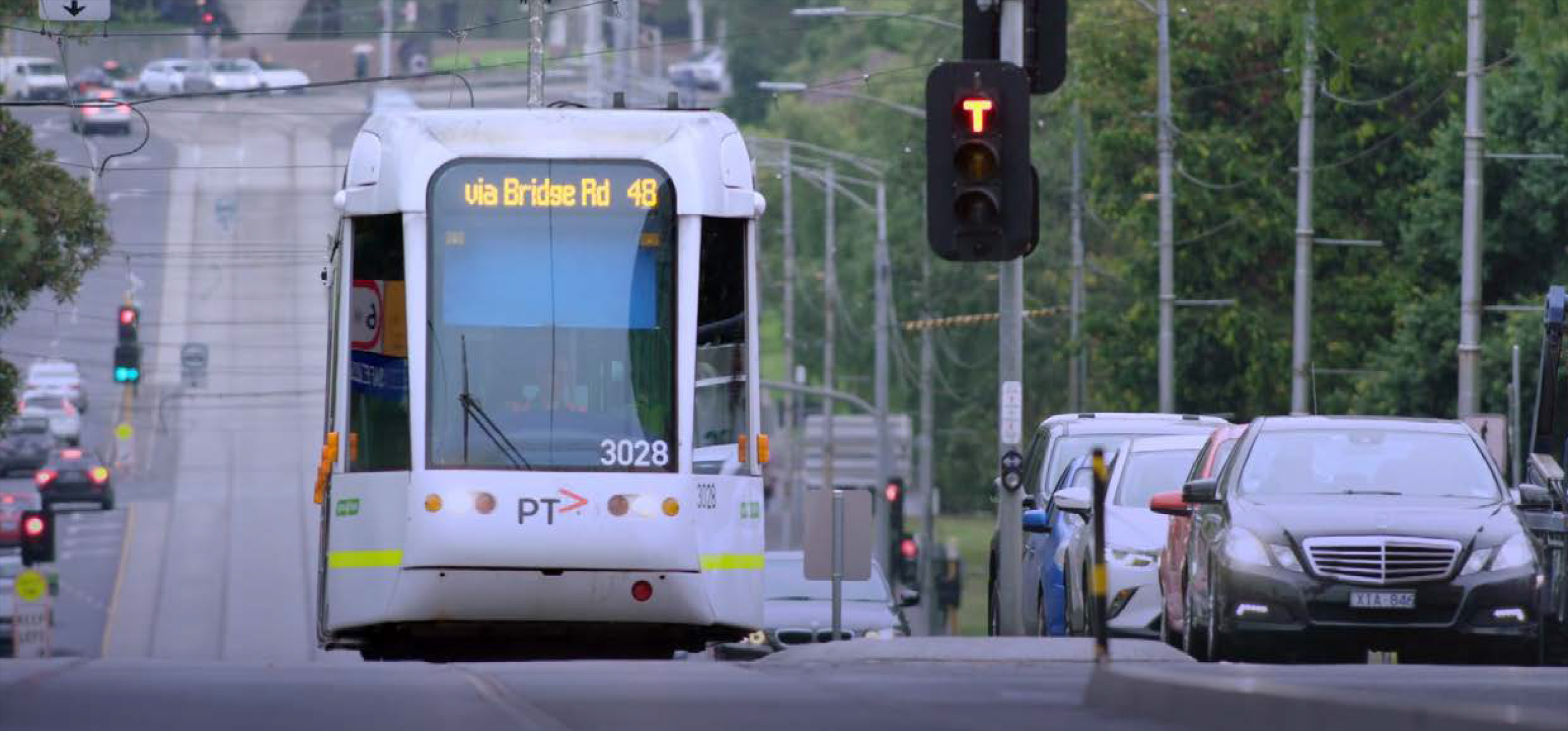Governance
The Downer Board, through its oversight functions, has ensured Downer a considers Environmental Social and Governance (ESG) risks including those related to climate change.
In fulfilling this function, the Downer Board also receives oversight from Downers’ Audit and Risk Committee, Zero Harm Committee, Zero Harm Board Committee, Tender Risk Evaluation Committee and Disclosure Committee. Climate-related risks and opportunities are incorporated into Downer’s broader corporate strategy, planning and risk management.
The Downer Board recognises that an integrated approach to managing climate-related risks and opportunities is essential. This has been reflected in the strengthening of Downer’s governance structure and increased focus on climate change in both Board and executive forums throughout FY19. This has included:
- Formal updates to the Board on a regular basis, and Audit and Risk and Zero Harm Committees on a bi-monthly basis
- Regular updates and stakeholder engagement with the Executive Committee
- Amendments to the Audit and Risk Committee Charter to include explicit reference to climate-related risks and opportunities
- Inclusion of ESG risks and opportunities in the annual Board strategy agenda
- Incorporating ESG risk and opportunity discussions in Divisional executive meetings, including climate-related workshops with senior leadership teams of each Division.

Climate-related risks and opportunities are governed as part of Downer’s Group Risk and Opportunity Management framework and Project Risk Management framework. We identify, manage and disclose material climate-related risks as part of Downer’s standard business practices and in accordance with the Group and Divisional strategies, which apply to everyone at Downer.
The method for measuring the company’s performance is clearly set out in our governance framework, and short-term remuneration incentives are offered to senior managers in relation to the company’s performance against environmental sustainability targets. These targets include the management of critical environmental risks and GHG emissions reduction.
Risk management
Climate-related risks are governed as part of Downer’s Group Risk and Opportunity Management framework and Project Risk Management framework. We identify, manage and disclose material climate-related risks as part of our standard business practices, which are aligned with our Group and Divisional strategies. This framework applies to all employees, Directors and contractors.
Our Audit and Risk Committee and Tender Risk Evaluation Committee are responsible for providing oversight over Downer’s risk profile, policies and management, and external reporting. In line with this, we updated the Audit and Risk Committee Charter to explicitly address climate-related risk, given the Audit and Risk Committee’s responsibility for governance and risk management.
To further strengthen our risk management framework in line with the range of impacts and considerations associated with climate risk over the short, medium and long-term horizons, we amended the Consequence Rating Table within the Group Risk and Opportunity Management framework to enable senior management and employees to understand and assess the potential risks and opportunities arising from various future scenarios.
Response to climate-related risks
Decreased profitability from contracts in energy-intensive service lines.
Time horizon: Medium to long-term
- Continue identifying and implementing energy efficiency initiatives
- Use the scenario analysis as signposts for change.
Inability to achieve contractual schedules due to adverse and severe weather events.
Time horizon: Long-term
- Continue to assess contractual arrangements with respect to acute and chronic weather events to ensure appropriate mitigation measures are in place.
- Use the scenario analysis as signposts for change.
Reputational risks arise from Downer’s continual exposure to the coal sector.
Time horizon: Medium-term
- Continue to monitor demand forecasts for thermal coal – a local demand driven by power stations that are current customers for existing thermal coal mining services contracts.
- Use the scenario analysis as signposts for change.
- When reviewing contract extensions and new contracts, continue to undertake analysis to increase exposure to mines that are expected to maintain competitiveness in light of the transition to a low carbon economy.
Increased cost of EPCM services and challenges to the competitiveness of Downer’s services.
Time horizon: Medium to long-term
- Continue to assess contractual arrangements with respect to design and construction events to ensure appropriate mitigation measures are in place.
- Use sustainability rating tools and incorporate climate change adaptation and mitigation considerations into design.
Response to climate-related opportunities
Transition to a low carbon economy drives increased demand for renewable energy technology and infrastructure services, as well as broader smart city products and services
- Strengthen existing and establish new relationships with key customers
- Leverage our capability and broaden our service offerings
- Strengthen existing and establish new relationships with key customers
- Leverage our capability and broaden our service offerings
- Continue to work with Government customers on emergency response to extreme weather events
- Strengthen and leverage existing capability
- Incorporate climate change and adaptation into the design of any infrastructure contract.

